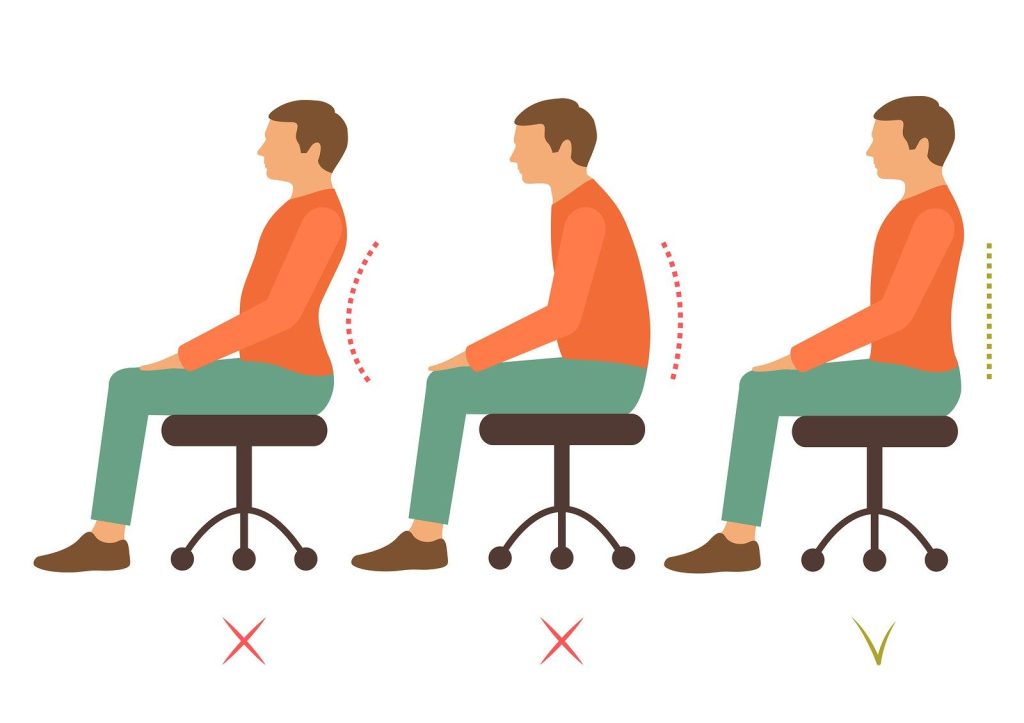Overview on Back Injures and Back Pain:
Back injuries and related pain are common issues that many people face, often stemming from factors like poor posture, heavy lifting, or sudden movements. Despite their prevalence, these injuries are frequently misunderstood, leading to misconceptions about their severity and proper treatment

In this article, we will share simple steps to prevent, manage, and overcome back pain.
Discover the secrets from Board Certified Spine Surgeon on maintaining a healthy back.
1. Avoid Triggers:
Prevention is key, and simple measures such as swimming, engaging the core, and avoiding prolonged sitting can help prevent
common causes of back pain.
2. Move Regularly:
Experts emphasize the importance of regular, small movements to avoid static positions for extended periods.
Even simple actions like getting up for a glass of water can make a difference.
3. Consider a Standing Desk:
Changing your position regularly, including using a standing desk, can help prevent back pain caused by prolonged sitting.

4. Address Stress:
Stress can make the body more vulnerable to injury.
Managing stress and maintaining a calm, balanced state of mind is crucial for back health.
5. Build Up Core Strength:
Strengthening the glutes and engaging the core through exercises like glute bridges and planks can provide effective support for the lower back.
6. Slouch Occasionally:
Posture is not as critical as commonly thought.
Practitioners suggest that the best posture is the next posture, emphasizing the importance of regular movement.
7. Treat Back Pain Like a Cold:
Reframe back pain as a common occurrence, reducing fear and panic.
Understanding that back pain is widespread can help alleviate unnecessary anxiety.
8. Don’t Assume It’s Sciatica:
Distinguish between general back pain and sciatica, as they are not synonymous.
Accurate diagnosis is essential for tailored and effective treatment.

9. Act Quickly on Pain:
Early intervention is crucial.
If experiencing pain or discomfort for more than three days, seeking professional advice is recommended to prevent the issue from becoming chronic.
10. Understand the Meaning of Pain:
Learning not to be afraid of pain and understanding its role in protecting against further injury can help manage
and alleviate discomfort.
11. Painkillers Can Mask the Problem:
While painkillers may provide temporary relief, they only mask symptoms.
Manual therapy is often necessary for addressing the root cause of back pain.

12. Use Ice and Heat:
Alternating between heat and ice can be an effective way to address back pain.
Heat relaxes muscles, while ice reduces inflammation.

13. Keep Moving:
Incorporate movement into daily routines, especially if feeling stiff in the morning.
Different planes of movement can benefit the spine and prevent stiffness.
14. Adapt Fitness Regimes:
Start with moderate, consistent exercise tailored to your condition and lifestyle.
Gradually build up to previous activity levels, avoiding overexertion.
15. Diversify Activities:
Engage in various forms of exercise to strengthen and balance the body, preventing further injury and aiding in rehabilitation.
16. Get More Sleep:
Good sleep is crucial for the healing process.
Focus on sleep hygiene and relaxation techniques to promote better back health.

17. Hold Your Phone Differently:
Maintain a neutral neck position when using phones to reduce the risk of neck pain.
Hold the phone in front of you with proper support.
18. Listen to Uplifting Music:
Distraction through uplifting music can help manage pain during exercises or daily activities.

19. Relax on Your Back:
Lie down on a flat surface with elevated legs to naturally align the spine and reduce stress on back muscles and spinal discs.
Incorporate calming activities for a holistic relaxation practice.
20. Practice Mindfulness Meditation:
Incorporate mindfulness meditation into your daily routine to reduce stress, promote relaxation, and alleviate tension in the back muscles.
Mindfulness techniques can help cultivate awareness of body posture and movement, contributing to overall back health and well-being.
Prioritizing back health involves a combination of preventive measures, regular movement, stress management, and adapting lifestyle choices.
By incorporating these expert-recommended tips, individuals can work towards preventing, managing, and overcoming back pain.


